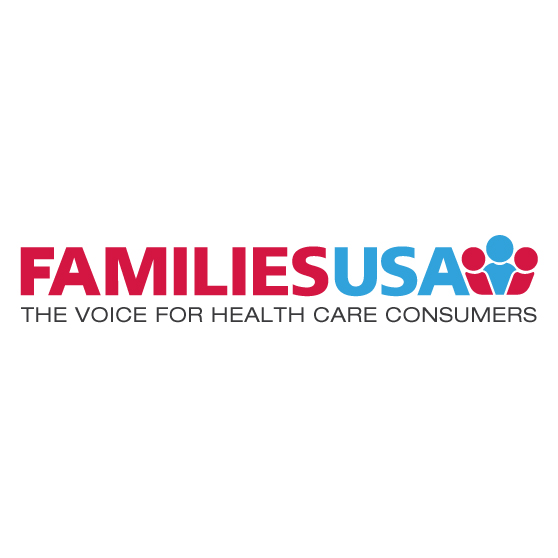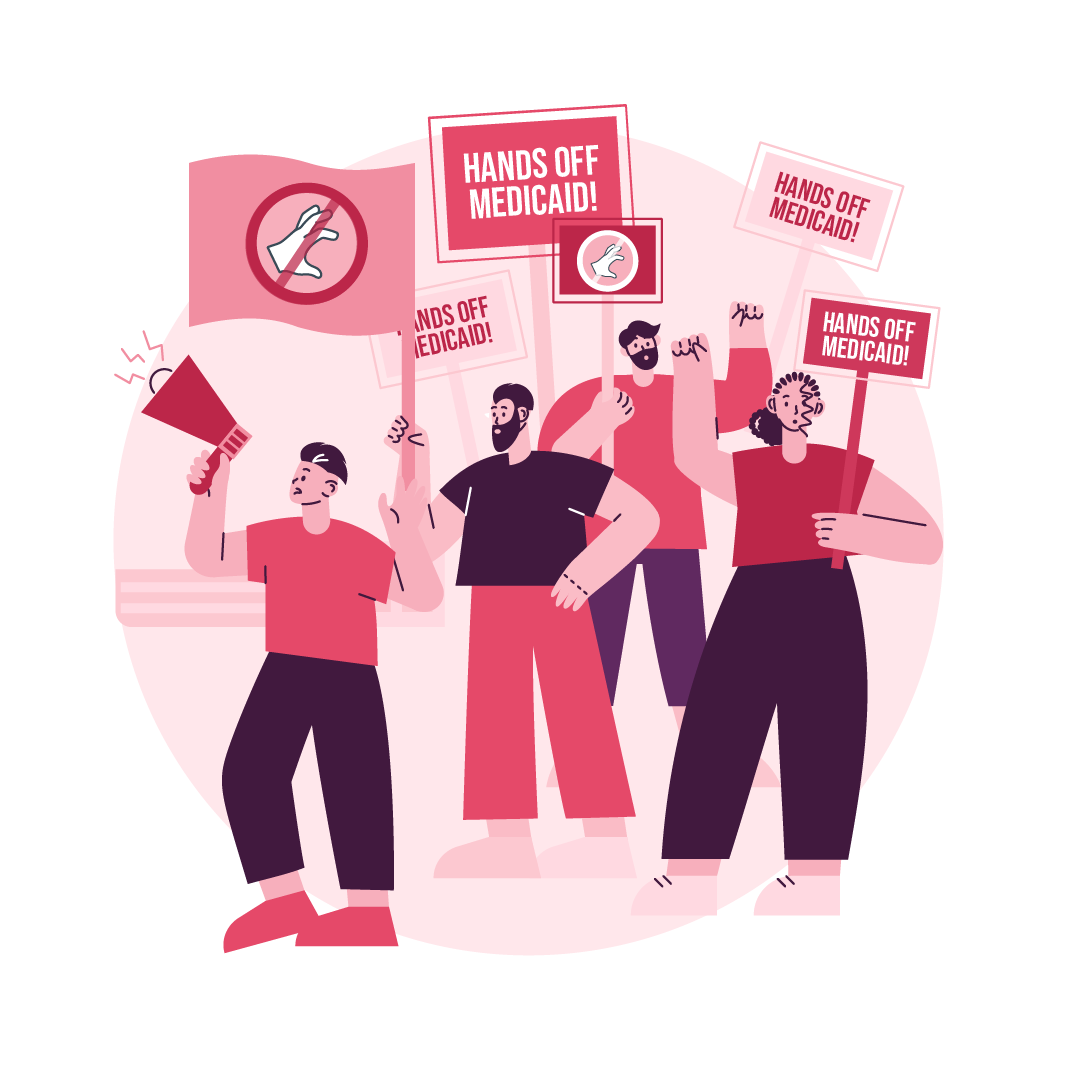Graham-Cassidy Proposal: Gigantic Block Grants and Huge Health Care Cuts
09.06.2017
Update 9/21: View our explainer on Graham-Cassidy. Senators Graham (R-SC) and Cassidy (R-LA) have proposed a gigantic new block grant that would dramatically cut funding both for Medicaid expansion and for financial assistance that helps low-wage workers and moderate-income families buy private insurance.1
Cosponsored by Senator Heller (R-NV), the Graham-Cassidy plan brings back troubling features of health care repeal bills that the Senate rejected on a bipartisan basis: major cuts to the underlying Medicaid program and the revocation of key protections for people with preexisting conditions.
Congress should reject this or any other partisan proposal that takes health insurance away from tens of millions of Americans. Instead, lawmakers should focus on bipartisan approaches to stabilizing health insurance marketplaces.2
What’s in the Graham-Cassidy proposal?
Their plan has three main elements.
- A new block grant that would slash federal funding currently slated for Medicaid expansion and for financial assistance with marketplace coverage. After making huge cuts, the block grant would entirely end after 2026, leaving millions stranded without any federal help.
- Large Medicaid cutbacks like those in health care repeal proposals already rejected by the Senate on a bipartisan basis. The underlying Medicaid program would be cut and restructured, posing serious risks to seniors, children with special health care needs, and others among the more than 70 million Americans who get their health coverage through Medicaid.3
- Elimination of consumer safeguards̶̶–a step similarly copied from health care repeal proposals already rejected by Senators from both parties. State waivers would effectively end important national standards for private coverage, taking away essential benefits from people with preexisting conditions.
What’s wrong with block grants?
Block grants do not respond to changing circumstances. Each state gets a set amount of federal funding, which changes based only on population growth and inflation, rather than need. This creates serious problems.
States are forced to cut health care or other critical services during economic downturns, precisely when people need help the most
Under current law, when the next economic downturn hits, and more people qualify for help after losing employment and earnings, federal funding for Medicaid and marketplace subsidies automatically keeps pace. With a block grant, by contrast, no additional funding responds to increased need.
During the Great Recession, millions of Americans lost both earnings and coverage from employers, turning to Medicaid for help. With Congress increasing rather than capping available resources, federal Medicaid funding rose from 2008 to 2011 by 45 percent in Alaska, 89 percent in Arizona, 29 percent in Maine, 42 percent in Nevada, and 34 percent in West Virginia.4 If the ACA’s Medicaid expansion had been in place, these states would have benefited even more, since expansion coverage more than triples Medicaid’s responsiveness to economic downturn.5
By contrast, the Graham-Cassidy block grant would have limited total federal funding growth to 2.1 percent per year or less, totaling a maximum 6.4 percent increase from 2008 to 2011.6 If this proposal had been law, states would have faced a grim choice: deny health coverage precisely when residents most needed help; or preserve health coverage by raising taxes or cutting other state priorities, like education, social services, and infrastructure. States would face the same grim choice during future recessions if this bill becomes law.
Block grants prevent states from responding to unexpected health care needs
States often encounter significant, unexpected health care cost increases. They can result from epidemics of infectious disease; new and costly prescription drugs or medical technology; emerging health problems, like the opioid epidemic; or catastrophic weather events, like Hurricane Harvey. Under current law, federal Medicaid funding and federal financial assistance for marketplace coverage automatically rise to share the cost of these unpredicted events.
Block grants would end that federal-state partnership, which has been at Medicaid’s core since the program’s inception. Instead, each state would be left on its own to shoulder the cost of unexpected health care problems. States that are experiencing hard times economically or that have a limited tax base would find themselves unable to respond, leaving residents without the help they need to cope with new and emerging health care challenges.
By making federal funding rigid rather than responsive to economic conditions, block grants kill jobs during recession
Today, federal funding for Medicaid and private insurance automatically rises if the economy declines and more people qualify for help. Additional federal dollars are spent on doctors, hospitals, and nurses, who buy other goods and services. The proposed Graham-Cassidy block grant would end this responsiveness, eliminating crucial support that limits economic damage in hard times.
The impact of such “automatic stabilizers” has been studied with unemployment insurance (UI), which, like Medicaid and ACA assistance for private insurance, automatically injects money into the economy during economic downturn. In the average quarter of the Great Recession, UI saved 1.6 million jobs and boosted gross domestic product by $123 billion, according to rigorous research.7
For 2020, UI benefits are projected to total $38.9 billion, or less than one-fourth the $166 billion in health care funding that the Graham-Cassidy plan would convert into a rigid block grant.8 Health programs differ from UI in many important ways. However, their vastly greater size, compared to UI, suggests that the Graham-Cassidy proposal would substantially reduce the automatic infusion of federal dollars when economic contraction hits. The result: millions more Americans could lose their jobs.
Block grants let states divert federal resources away from needy residents and toward fiscal chicanery
Historically, block grants have let states redirect federal dollars away from services for needy residents.9 The Graham-Cassidy plan fits squarely within that troubling tradition, authorizing the use of block-grant funds to “provide payments for health care providers for the provision of health care services.” This remarkably broad language could provide opportunities to divert federal dollars away from helping low- and moderate-income consumers obtain health insurance.
Uniquely troubling features of the Graham-Cassidy block grant
- It would cut $375 billion from Medicaid expansion and financial assistance for marketplace health coverage. The amount being cut would rise from 16 percent in 2020 to 34 percent in 2026.
- It would end all funding after 2026, leaving 29 million Americans stranded, without any known source of health insurance.
- It would arbitrarily redistribute federal money from some states to others. The proposal’s convoluted formula would lower funding for nearly all states by 2026, but California, Connecticut, Delaware, D.C., Florida, Massachusetts, New Jersey, New York, North Carolina, and Virginia would experience particularly immediate and severe cuts.10
- It would replace not just Medicaid but also financial assistance with marketplace coverage for low-wage and moderate-income families. For the first time, states would become accountable for serving millions of privately insured residents who, until now, have been exclusively the federal government’s financial responsibility.
- Unlike previous Republican proposals, the Graham-Cassidy plan would mandate block grants for all states, rather than give states a choice. Senators Graham and Cassidy would force every state to accept their block grant—even if a state objects that the block grant would do serious harm within its borders.
The Graham-Cassidy plan lets insurers deny essential services to people who need health care, including those with preexisting conditions
Like previously rejected partisan proposals to repeal health care coverage under the ACA, Graham-Cassidy would let states weaken standards that now require insurance companies to cover essential benefits, such as maternity care, treatment of mental health and substance use disorders, and prescription drugs—essential services that most individual market plans denied before the ACA.
The nonpartisan Congressional Budget Office (CBO) estimated that roughly half of the country’s population lives in states that would eliminate benefit requirements.11 According to CBO, people who live in those states “would experience substantial increases in out-of-pocket spending on health care or would choose to forgo the services. …In particular, out-of-pocket spending on maternity care and mental health and substance abuse services could increase by thousands of dollars in a given year” for people who need such care. States could also repeal other protections for people with preexisting conditions.
The Graham-Cassidy plan cuts and fundamentally restructures the underlying Medicaid program
Like earlier health care repeal bills rejected by bipartisan Senate majorities, this new plan would make major cuts to the traditional Medicaid program, which serves seniors, children, people with disabilities, parents, and pregnant women. The Graham-Cassidy proposal would limit federal per capita funding and give states the option to turn the entire Medicaid program into a block grant.
Reductions would total at least $41 billion a year by 2026,12 with additional cuts if particular states experience faster-than-expected increases in health care costs. Other changes to the broad Medicaid program would eliminate federal funding for Planned Parenthood clinics, cut payment for hospital care, and let states impose new paperwork requirements that cause eligible consumers to lose health insurance.
Conclusion
The Graham-Cassidy proposal represents another extreme and partisan attempt to take health insurance away from tens of millions of Americans in working families. Rather than continue down a road that the American people and senators in both parties have already rejected,13 Congress should focus its attention on bipartisan strategies to stabilize and strengthen the individual health insurance market.
Endnotes
1For legislative language submitted during the Senate debate over health-care repeal see https://www.congress.gov/amendment/115th-congress/senate-amendment/586/text.
2Lydia Mitts. Aug. 22, 2017. “Three Things Congress Must Do Now to Protect Marketplaces and Consumers.” Families USA Blog.
3As of May 2017, 74.5 million people were enrolled in Medicaid or CHIP. Kaiser Family Foundation. “Total Monthly Medicaid and CHIP Enrollment.” State Health Facts.
4Reports from the National Association of State Budget Officers show states’ receipt of federal Medicaid funds in FY 2008 and 2011. See https://higherlogicdownload.s3.amazonaws.com/NASBO/9d2d2db1-c943-4f1b-b750-0fca152d64c2/UploadedImages/SER%20Archive/Fiscal%202009%20State%20Expenditure%20Report.pdf; https://higherlogicdownload.s3.amazonaws.com/NASBO/9d2d2db1-c943-4f1b-b750-0fca152d64c2/UploadedImages/SER%20Archive/State%20Expenditure%20Report%20(Fiscal%202011-2013%20Data).pdf.
5Paul D. Jacobs, Steven C. Hill and Salam Abdus. 2017. “Adults Are More Likely To Become Eligible For Medicaid During Future Recessions If Their State Expanded Medicaid.’ Health Affairs 36, no.1 (2017):32-39.
6Total funding would rise by 2.1% during the first several years, eventually declining to 1.9% in 2026. The bill would cap individual state allotments at the medical care component of the consumer price index, which rose by a total of 9.9% from 2008 to 2011.
7Wayne Vroman. July 2010. “The Role of Unemployment Insurance As an Automatic Stabilizer During a Recession.” Washington, DC: Urban Institute and IMPAQ International.
8For CBO’s projections of future UI spending, see https://www.cbo.gov/sites/default/files/recurringdata/51316-2017-06-unemployment.pdf. CBO’s projections of costs for Medicaid expansion and marketplace financial assistance are set out in CBO, March 2016, Federal Subsidies for Health Insurance Coverage for People Under Age 65:2016 to 2026, https://www.cbo.gov/sites/default/files/114th-congress-2015-2016/reports/51385-healthinsurancebaselineonecol.pdf.
9Liz Schott and Ife Floyd. Jan. 5, 2017. How States Use Funds Under the TANF Block Grant. Center on Budget and Policy Priorities. https://www.cbpp.org/research/family-income-support/how-states-use-funds-under-the-tanf-block-grant.
10Matt Broaddus and Edwin Park. Aug. 24, 2017. Cassidy-Graham Would Deeply Cut and Drastically Redistribute Health Coverage Funding Among States. https://www.cbpp.org/research/health/cassidy-graham-would-deeply-cut-and-drastically-redistribute-health-coverage-funding
11CBO. May 24, 2017. H.R. 1628: American Health Care Act of 2017, As passed by the House of Representatives on May 4, 2017. https://www.cbo.gov/system/files/115th-congress-2017-2018/costestimate/hr1628aspassed.pdf
12Broaddus and Park, op cit.
13For an example of public opinion research, see Emily Guskin and Scott Clement, July 28, 2017, “Republicans’ Obamacare repeal was never really that popular,” Washington Post, https://www.washingtonpost.com/news/the-fix/wp/2017/07/28/republicans-obamacare-repeal-was-never-really-that-popular/?utm_term=.22ccd3c85f44.




